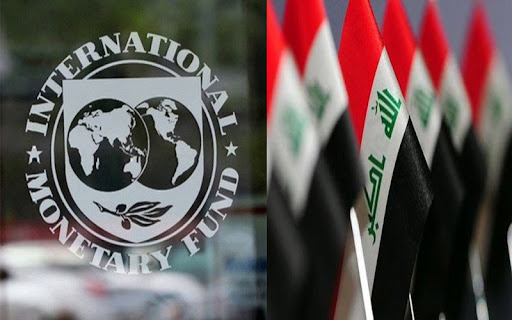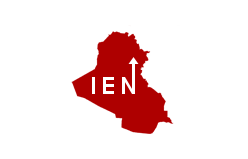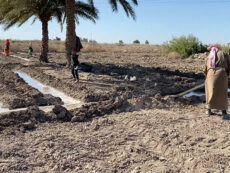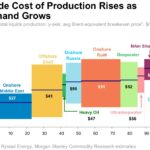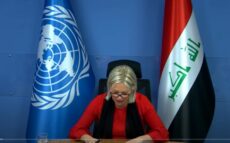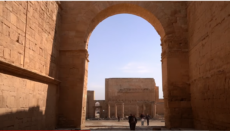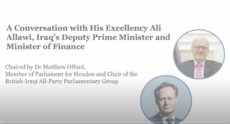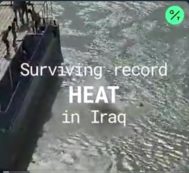Syria, Lebanon, and Iraq are all teetering on the brink of economic collapse. Europe cannot afford to be a helpless bystander. It is hard to imagine that the suffering and despair across the Middle East could worsen. But across Syria, Lebanon, and Iraq a new economic unravelling is continuing apace, threatening to throw the region into even deeper turmoil. In Lebanon and Syr
Read MoreEXECUTIVE SUMMARY The COVID-19 pandemic continues across the world, and in Iraq the number of cases is rising. As of 30 June 2020, the World Health Organization reported 49,109 cases in Iraq, with 1,943 fatalities. Since March, the government has been enforcing movement restrictions and curfews to help slow transmission of the virus. As the livelihoods of many people have be
Read MoreToby Dodge (L), with Hisham al-Hashimi, former EU Ambassador to Iraq Ramon Blecua, and Chatham House’s Renad Mansour. My friend and colleague, Dr Hisham al-Hashimi, was brutally murdered outside his house in Baghdad on Monday night, 6 July. This is obviously a profound tragedy for his wife and young children who found him. It is also a huge blow for all of us worki
Read MoreThe murder of a popular scholar could galvanize opposition to militias backed by Iran. For Iraq, the murder of a well-known scholar in Baghdad is a tragedy that stands out from an abundance of adversity. For Prime Minister Mustafa al-Kadhimi, it is also a leadership test — and just possibly, a political opportunity. The scholar, Husham al-Hashimi, was shot dead
Read MoreBy y Safa Fadhil, Head of Exploration and Sundus Abass, Gender Advisor at UNDP Iraq - June 21, 2020, 6:00 PM CDT Iraq's This year marks the 20th anniversary of the UN Security Council (UNSCR) Resolution 1325, which helps to ensure women are on the frontlines of achieving stability and peace in Iraq. With this in mind, UNDP Iraq’s Accelerator Lab and Gender Division
Read More



